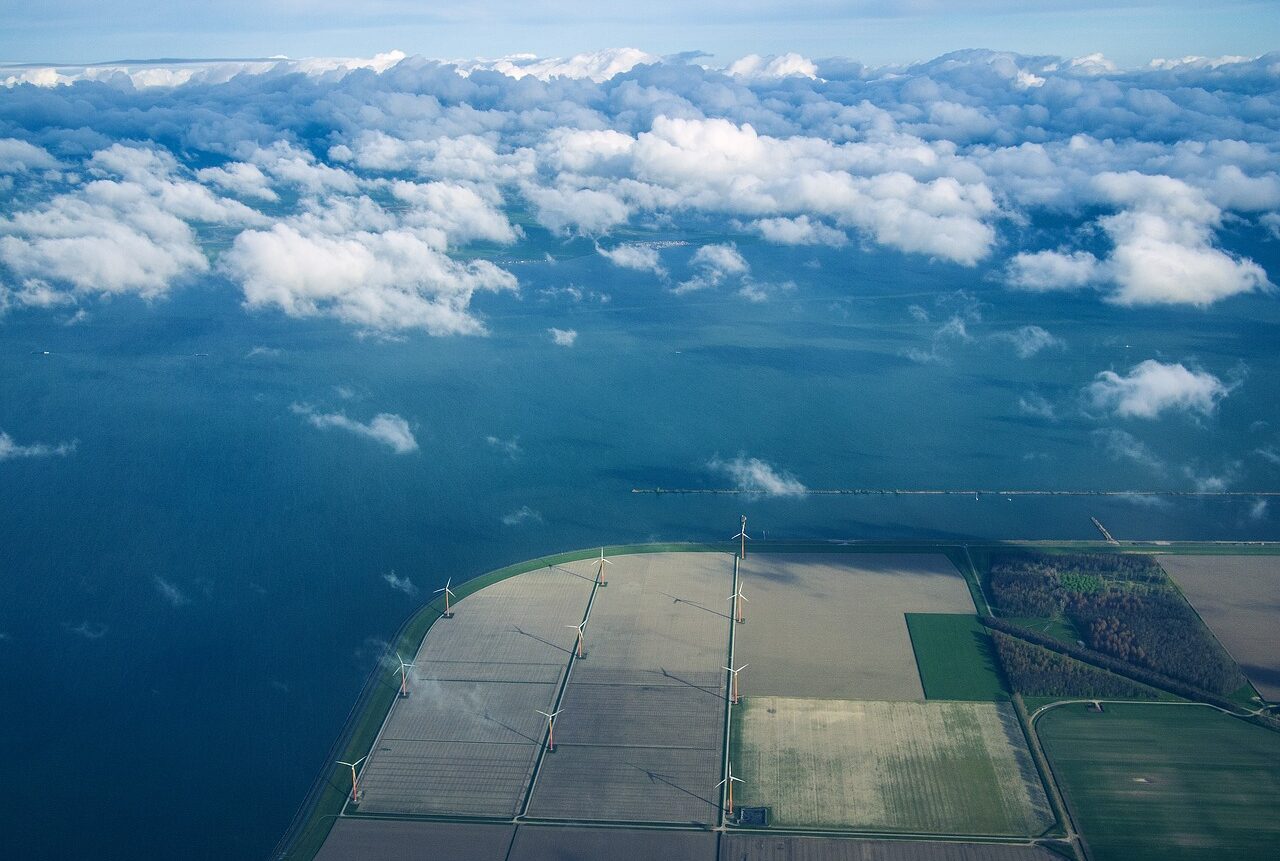During a national conference on the management of special-use forest zones and forest protection and development through 2020 in Lam Dong Province, some updated numbers on the forestry sector in Viet Nam were shared. Accordingly, Viet Nam’s primary forest area now accounts for 0.25 percent of 14.6 million ha of forested land with an estimated coverage of nearly 42 percent.
The Ministry of Agriculture and Rural Development’s Vietnam Administration of Forestry stated there are about 4.64 million ha of protection forest across the whole country, including 3.95 million ha of natural forest and 0.69 million of planted forest. The total area of natural forest decreased from 4.3 million ha in 2010 to 3.95 million ha in 2019, while the area of planted forest increased slightly from 0.61 million ha in 2010 to 0.69 million ha in 2019. Current figures on protection forests are very limited, relying on the ministry’s forest inventory census of 2016.
According to the General Department of Forests, Vietnam has set a goal of reaching 2.4 million ha in coverage of special-use forest by 2020. Until now, it has only reached over 2.3 million ha with 167 special-use forests, including 33 national parks, 57 nature reserves, 14 species/habitat conservation areas, 54 landscape protection zones and nine zones for scientific experiments.
Viet Nam´s fast increasing population is affecting the sustainable development of special-use forests. Specifically, the demand for residential land, agricultural land, and demand for timber and forest products is increasing, resulting in increased pressure to convert forest land to other land types, over-exploitation or illegal deforestation. Meanwhile, the exploitation and hunting of rare and precious fauna and flora still occurs in special-use forests and surrounding areas. In addition, the increasing construction of infrastructure like traffic routes, urban areas, dams and hydroelectric projects shrank the natural habitats of forest fauna and flora in special-use forests. Climate change impacts that result from forest fires, landslides and flooding are also reasons for the drop in forest coverage.





